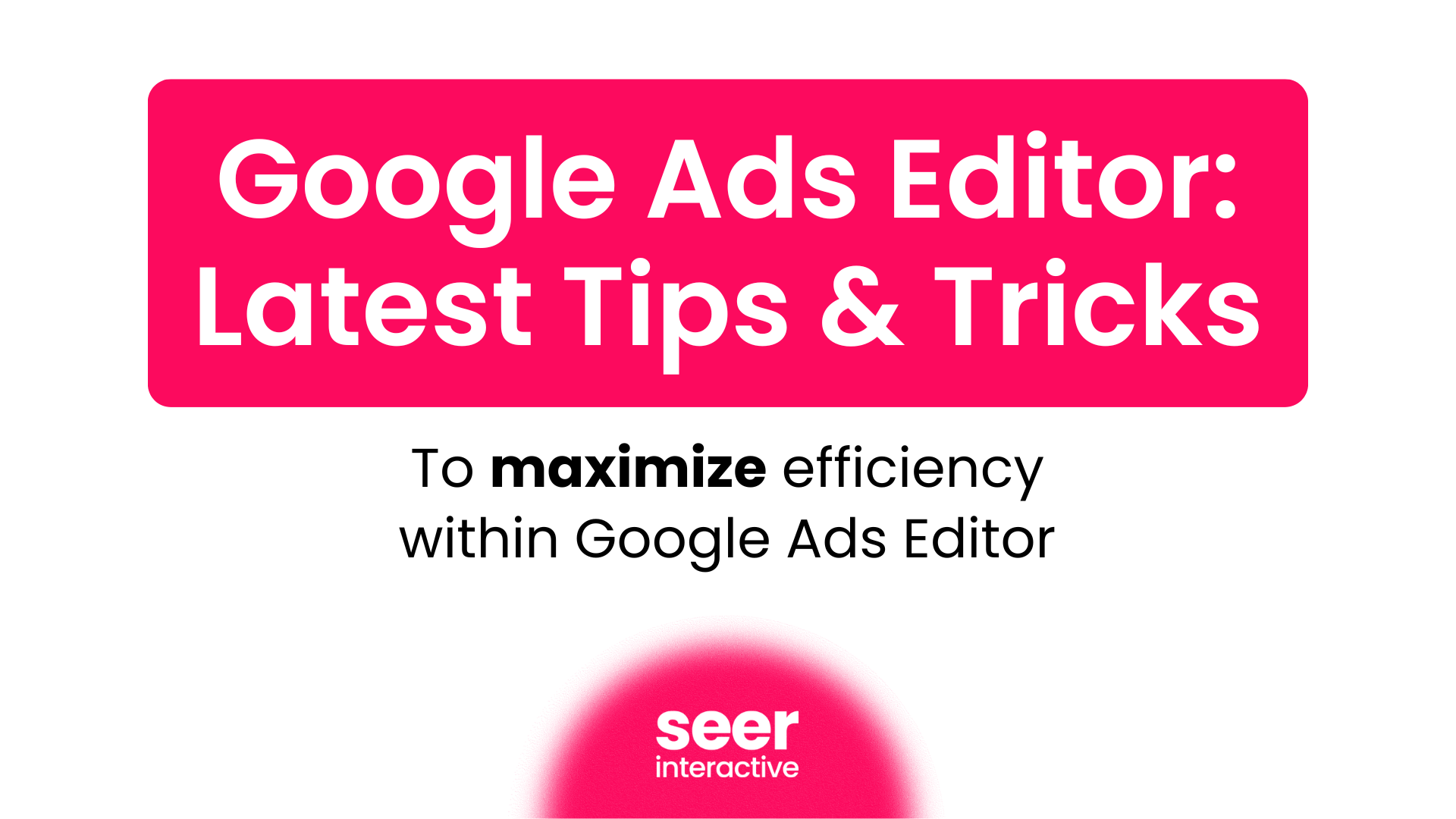First off, what are RSAs?
They’re your next favorite ad type.
These ads allow you to create and use multiple headlines and descriptions within a campaign. Over time, Google tests the different combinations provided to see which assets perform best (allow a 30-day window). Through the results, you can then see which callouts, value props, and messaging resonates best with users. Wow, machine learning for the win!
Here’s how to set them up:
- On the page menu, click the Ads & extensions option on the left.
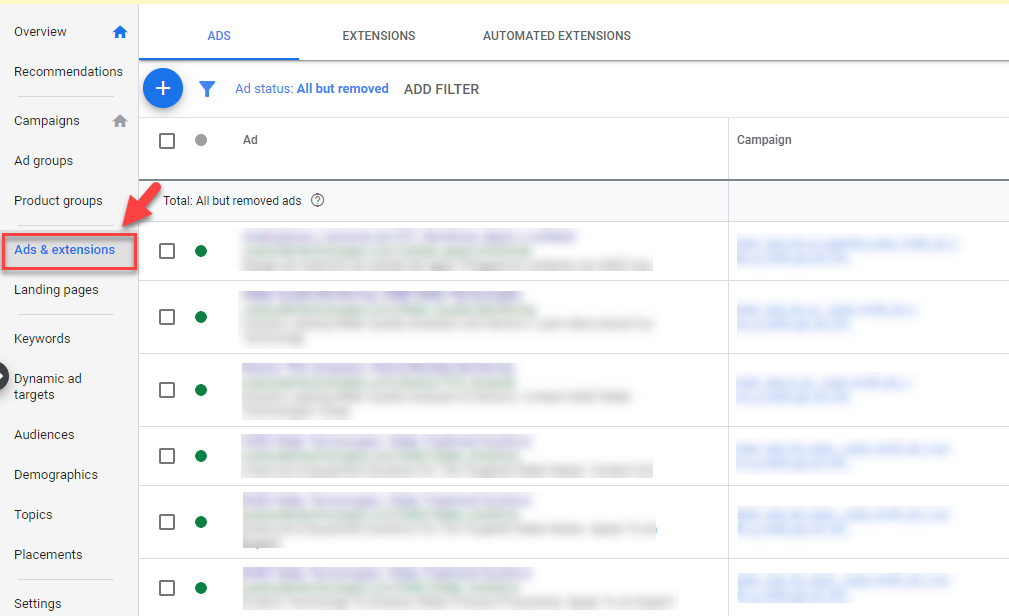
- Then, click Responsive search ad in the pop-up.
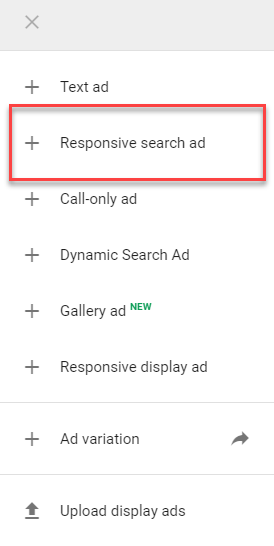
- Select whichever campaign and/or ad group you’d like to insert the ad into… & voila. You should find yourself on this page.
You can add up to 15 headlines and 4 descriptions (these are the combinations Google uses to identify your top-performing assets).
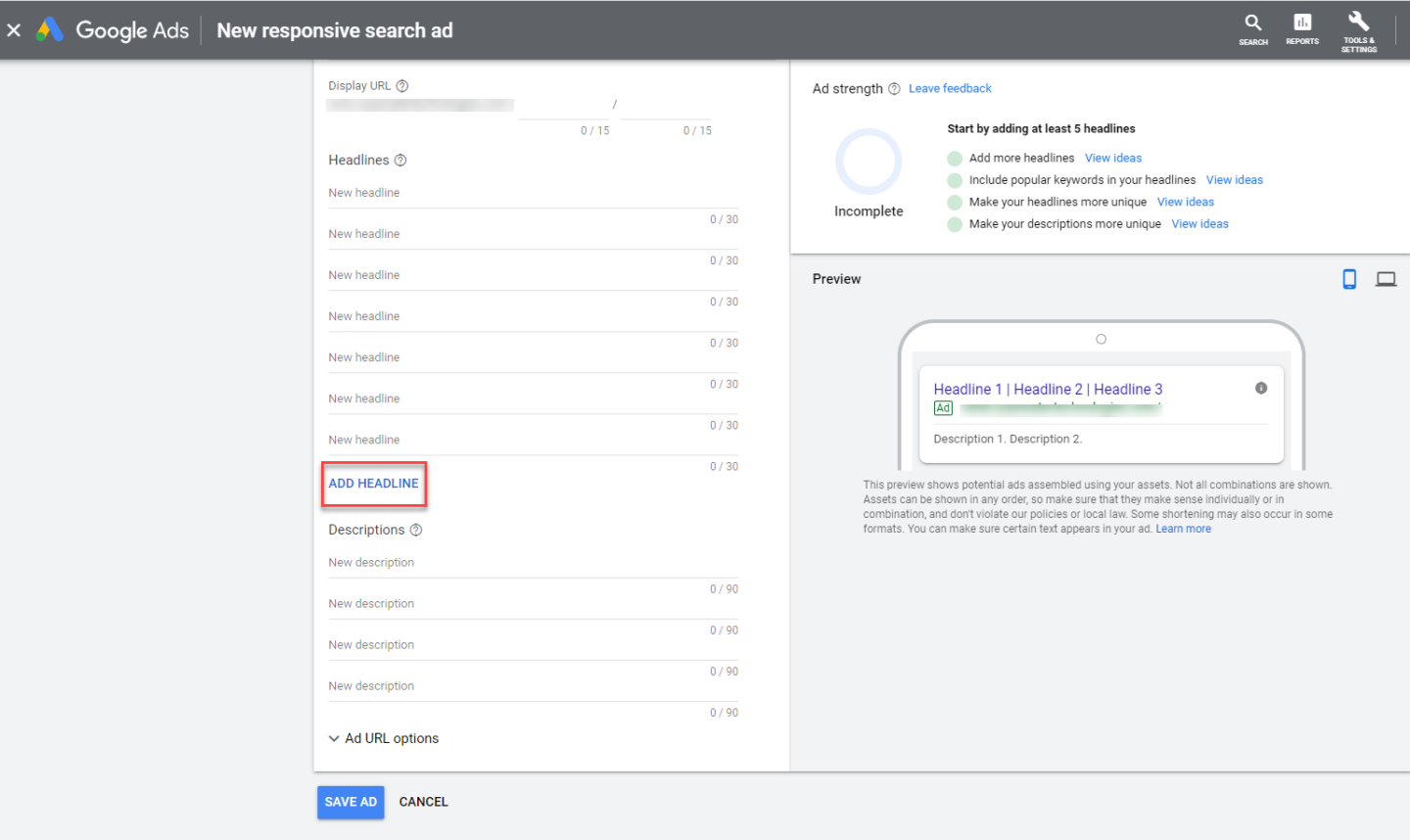
- After you’re done entering everything, hit Save.
- There you have it, your very first (and hopefully, not last) responsive search ad.
3 things to keep in mind
- Headlines and descriptions can appear in any order, so be sure they make sense.
- We recommend using at least five headlines and three descriptions to make the most of this ad type. If you’re feeling creative, come up with more, then let Google do the hard work for you to figure out which combo is best.
- You have the ability to pin your headlines and descriptions to specific positions.
- For example, if you notice a headline is performing well, you can pin it to make sure it shows every time your ad is seen. How sweet is that? *very sweet*
- Include your most popular keywords in your headlines to bolster your ad strength
This will help make sure your ad is relevant and showing to the right potential customer. Get that circle as closed as possible.
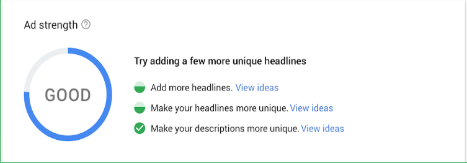
Responsive search ads won’t fix all your PPC problems, but they’re an excellent way to increase your optimization score, improve CTR, and generate incremental conversion volume.
What are you waiting for?
Now that you have all this info about RSAs, go put it into action and let us know your insights. Good or bad, we’d love to hear your responses.

